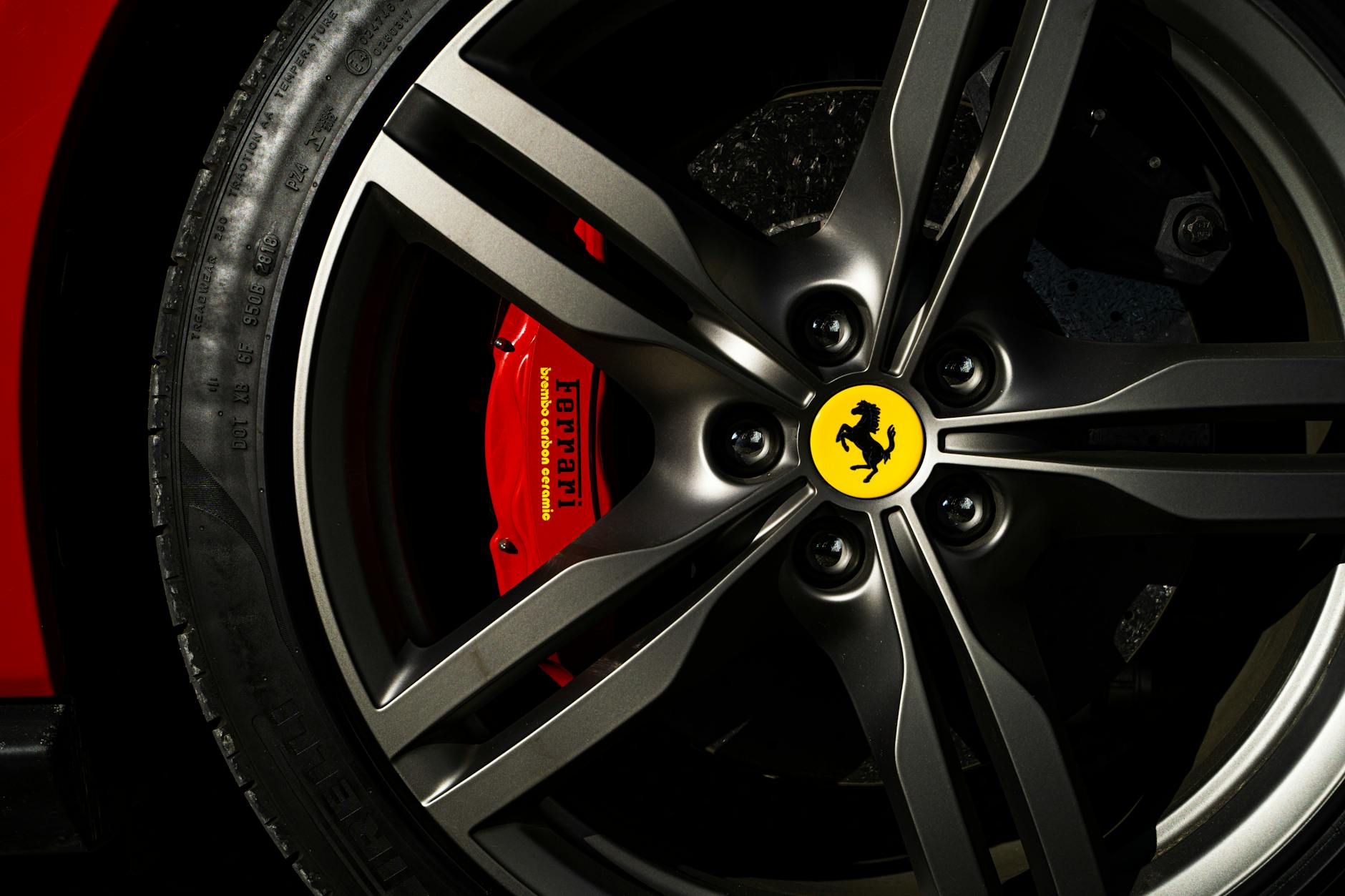Keeping your brakes in top shape is non-negotiable for safe driving. Replacing brake pads is one of the simplest ways to avoid costly—and dangerous—problems down the road. But when it’s time for new pads, drivers often wonder: how much is this going to set me back? Let’s break down what you can expect to spend, where those dollars go, and tips to stretch your budget without cutting corners on safety.
Average Cost to Replace Brake Pads
The national average cost to replace brake pads in 2025 falls between $150 and $300 per axle for most cars. If your vehicle needs both the front and rear pads done, expect double the price. These totals include parts and labor at most reputable auto shops.
Choosing higher-quality materials or upgrading to longer-lasting options pushes the price upward, while luxury or performance vehicles—think BMW, Mercedes, or a modern sports car—can command much higher fees. In rare cases, a full set of carbon-ceramic pads and rotors for high-end cars can exceed $10,000.
When both brake pads and rotors must be replaced (often recommended after significant wear), the cost can rise to $250 to $500 per axle. For standard sedans and crossovers, this is the typical range at a professional shop or dealership.
Typical Cost Breakdown: Parts and Labor
- Brake Pads (Parts): $35-$150 per axle, depending on material
- Labor: $80-$150 per axle at most U.S. repair shops
For a full front or rear axle brake pad service, you’ll usually pay $115 to $270 total for typical vehicles. If you replace the pads yourself, you only pay for parts (as little as $30 if you go with entry-level pads), but you’ll need basic tools and some know-how. Mechanics will usually bundle inspection and minor hardware adjustments with your install—services you miss out on if you try to skip the shop.
DIY Replacement vs. Professional Shop
- DIY: $35–$150 per axle (just cost of pads), but you need tools and experience.
- Professional: $115–$300 per axle, covers pads and labor, plus inspections and a limited warranty.
Front vs. Rear Brake Pad Replacement Costs
Front and rear brake pad jobs often cost about the same, but the front axles tend to wear out faster. That’s because more braking force shifts to the front when you stop. Most cars have two axles (front and rear), with each axle having two pads per wheel—four per axle.
- Front brakes work harder and may use larger, pricier pads.
- Rear brakes sometimes cost a bit less on compact cars, but modern vehicles often use similar pads on all four wheels.
Some large trucks and SUVs with performance brake packages may see bigger price swings between front and rear sets. When getting quotes, be clear about whether you need front, rear, or both.
 Photo by Vincenzo Malagoli
Photo by Vincenzo Malagoli
Key Factors Affecting Brake Pad Replacement Costs
No two brake pad replacements cost the same. Several variables push your bill up or down, so knowing what matters can keep you from paying too much (or being caught off guard).
Vehicle Type, Make, and Model
Size—and brand—matter here. Entry-level sedans with basic disc brakes cost the least. Midsize SUVs and trucks need larger, tougher pads, increasing parts and labor costs. Sporty models and luxury vehicles often feature high-performance brake components that wear faster and cost much more to replace.
- Economy cars: Cheapest parts and quick installation.
- SUVs/trucks: Heavier pads, larger rotors, higher prices.
- High-performance/luxury: Specialized hardware can drive up costs dramatically.
A set for a compact sedan may run just over $100 an axle, while a European luxury car might see bills topping $700–$1,000 for a full job.
Brake Pad Material Options and Cost Comparison
The type of brake pad you pick affects both future maintenance and your wallet:
- Organic pads: $35–$90 per axle. Quiet, cheap, wear quickly.
- Semi-metallic: $60–$120 per axle. Mix of metal fibers, strong stopping power, a bit noisy.
- Ceramic pads: $80–$150 per axle. Quieter, less dust, high durability, more expensive.
- Premium/Performance: $100–$300+ per axle. Specialty compounds for severe use; highest price but best heat handling and lifespan.
Choose based on your driving habits. City commuters may value quiet organic pads, while mountain drivers need semi-metallic or ceramic for steady braking and heat resistance.
Service Provider: Dealership vs. Independent Shop vs. DIY
- Dealership: Highest prices, factory parts, skilled staff, longer warranty.
- Chain shops: Moderate prices, can offer budget pads, quick service, varied quality.
- Independent shops: Often best mix of price and reliability, personal service.
- DIY: Lowest cost, but requires time, confidence, and correct tools.
Dealerships charge a premium for original equipment parts and branded service. Chain and independent shops may use aftermarket pads, saving you money—just ask about warranty coverage and get a full, itemized quote.
Additional Services and Common Upcharges
Replacing pads is only half the job if your rotors are worn, warped, or grooved. Many shops recommend new rotors or resurfacing the old ones with every second pad swap. This adds $100–$250 per axle to your total.
Other extras to expect on a repair bill:
- Caliper service or replacement: Older cars may need rebuilt or new calipers.
- Brake fluid flush: $70–$120, extends system life.
- Brake hardware kits: Clips, springs, or shims aren’t always reused.
- Sensor reset fees: Some luxury cars require electronic reset after brake service.
Always ask for an upfront estimate and an explanation for each line item.
Conclusion
Brake pad replacement isn’t the cheapest maintenance job, but it’s one of the most important for safe driving. Your total cost will depend on your vehicle type, pad materials, shop choice, and whether you need rotors or extras serviced. Shopping around, using reputable independent shops, and doing basic maintenance—like braking gently—can lower your bills over time. Never skimp on brake work: safe stopping pays for itself every time your foot hits the pedal. Regular checks and honest dialogue with your mechanic will help you budget smart and drive worry-free.
